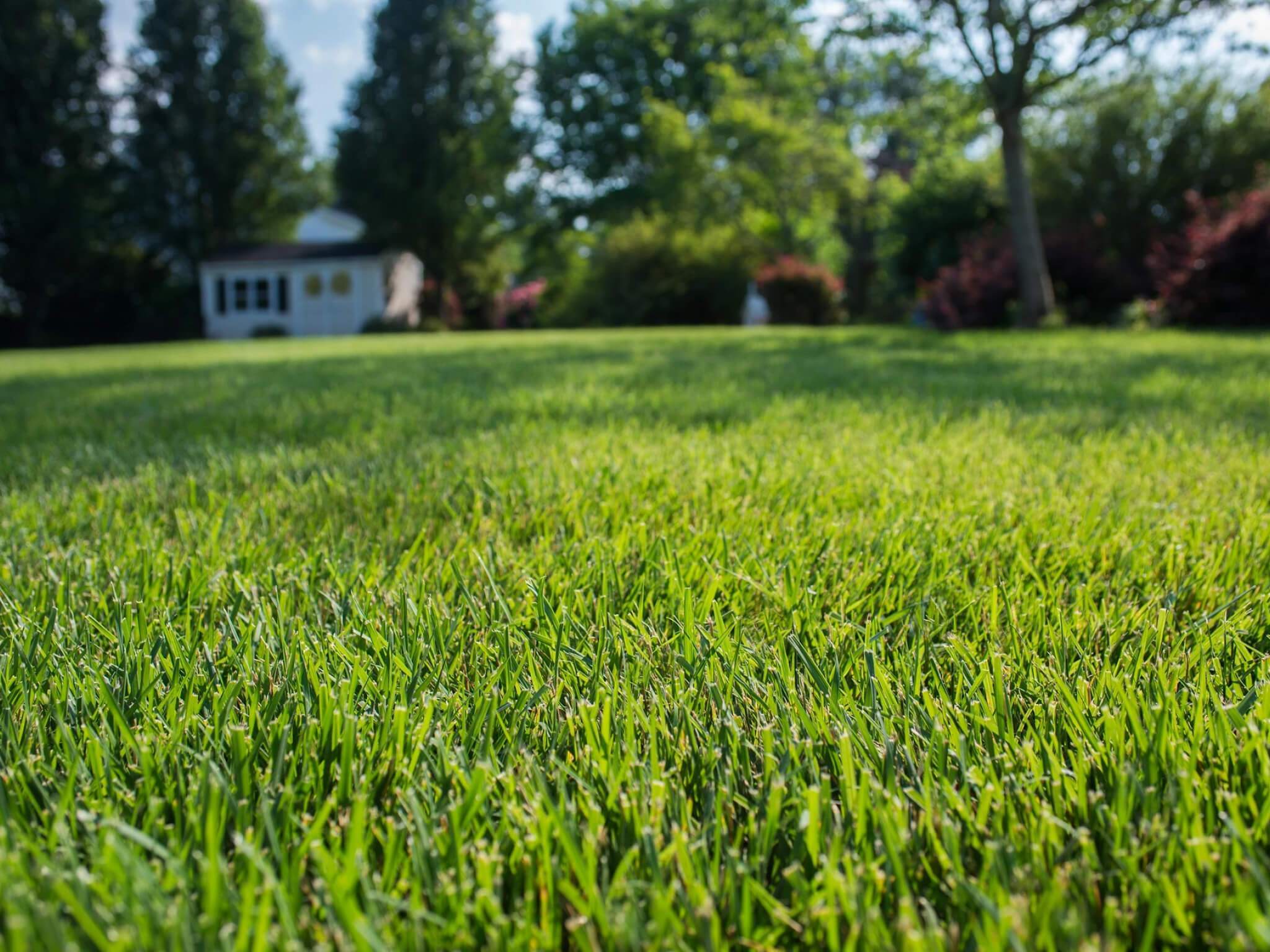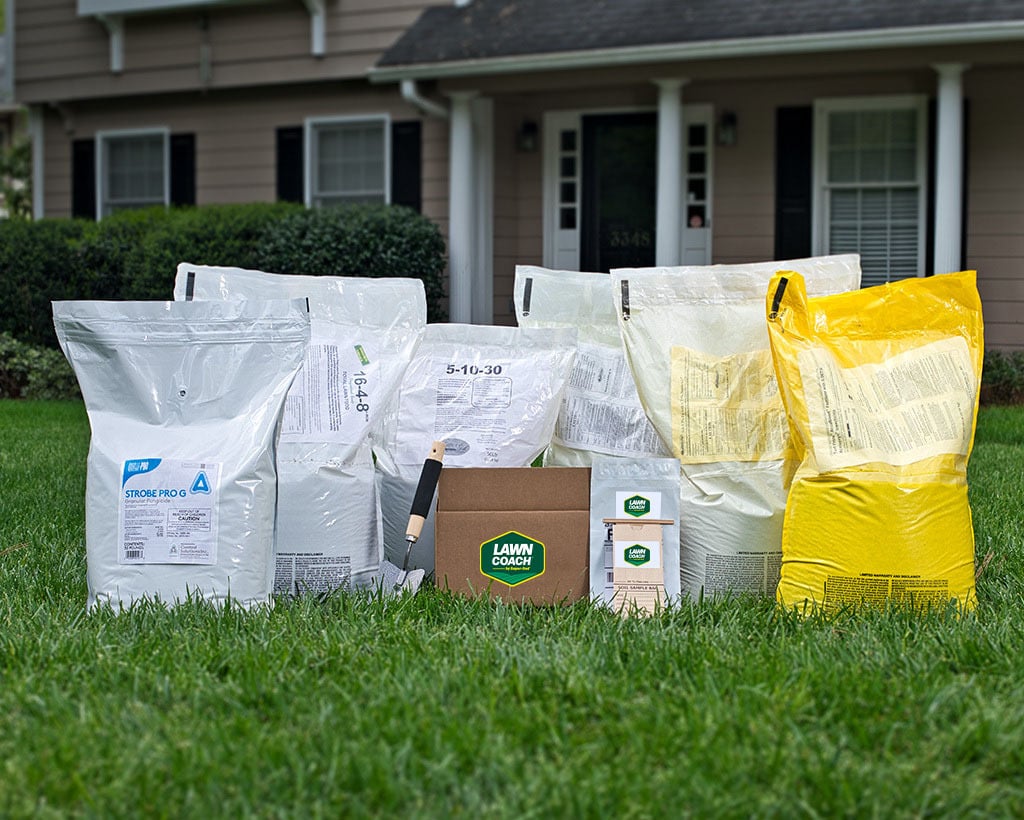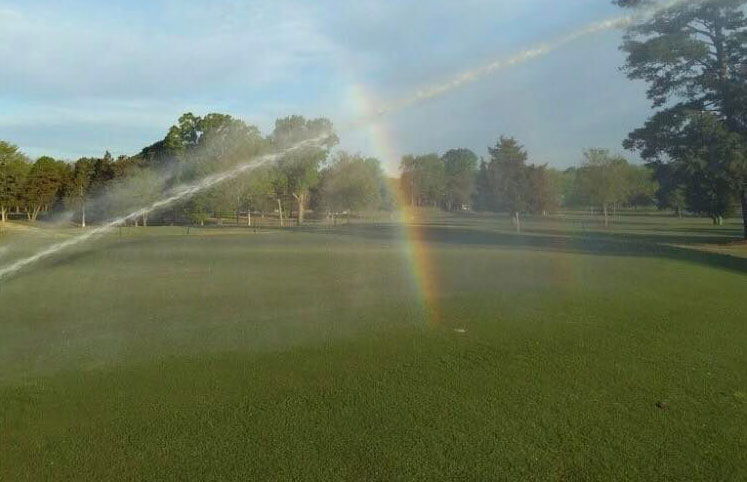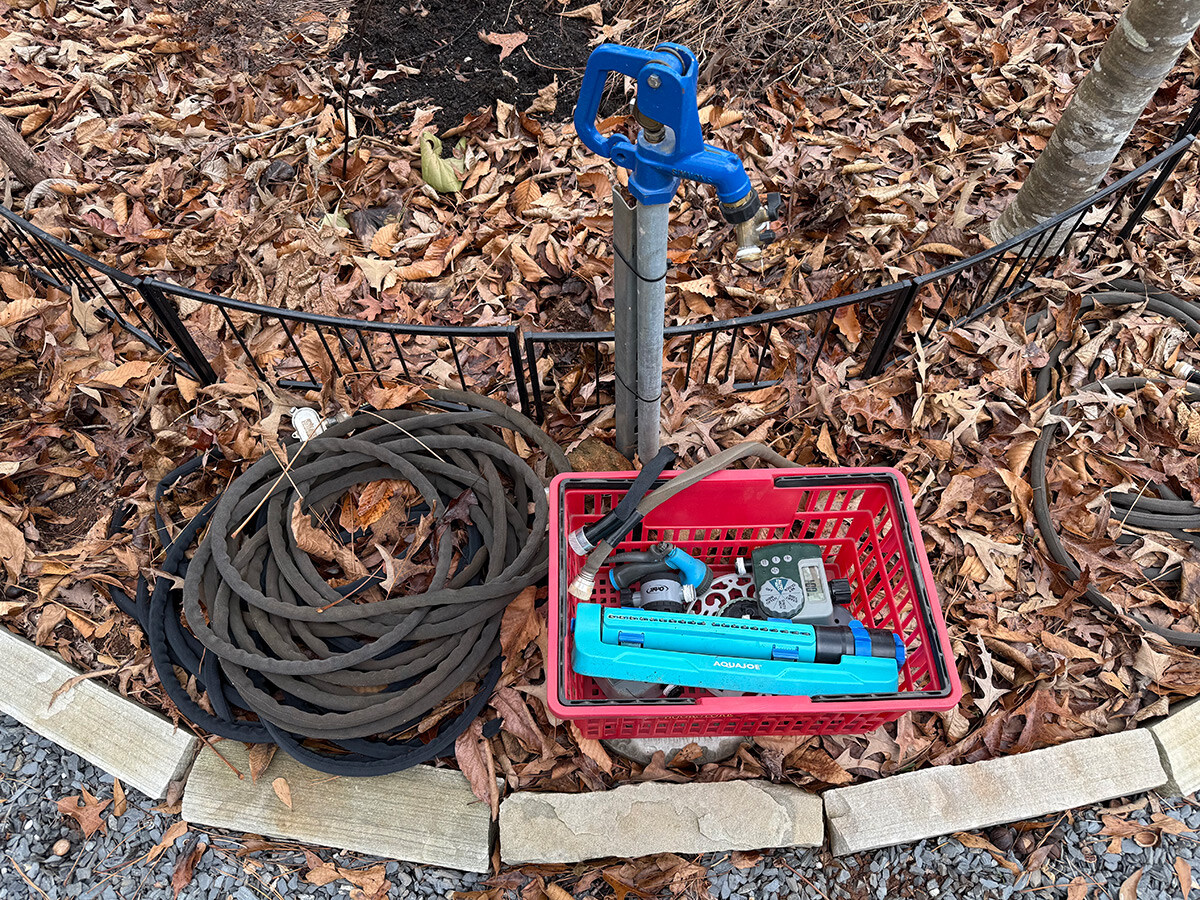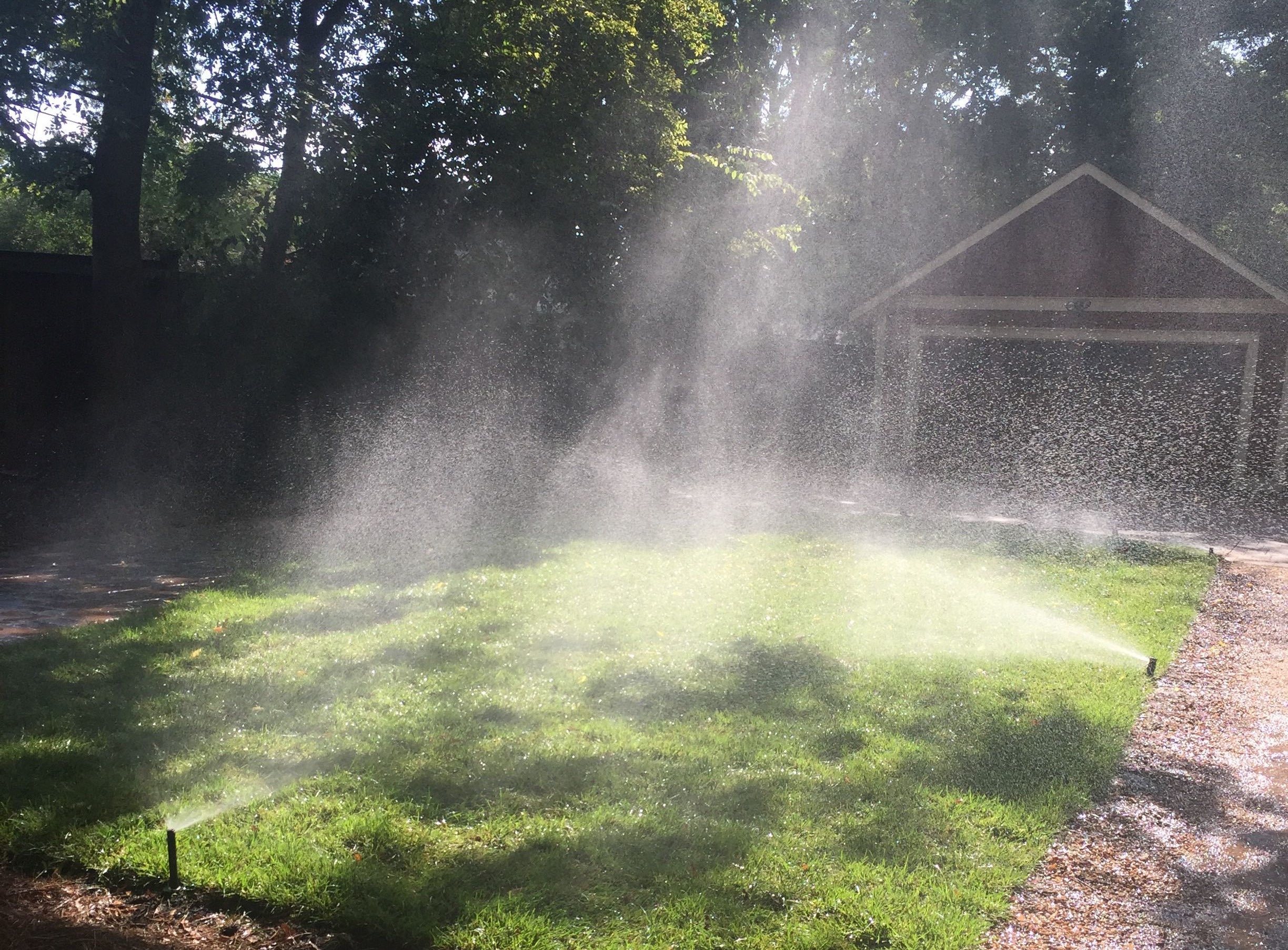
How to Water Lawns
Your Sod's Changing Water Needs
The three phases of sod watering requirements
Phase 1: Watering During Installation
Don’t wait until the job is finished! Delegate someone to use a hose and spray nozzle to water behind you as you're laying sod. This is critical in hot or windy conditions, but still important on mild days too. We don't want you to get caught off-guard by how quickly sod dries out. Get ready to water as you go!

Phase 2: Watering During Establishment
For 2-3 weeks after installation, keep new sod wet like a sponge until roots form and tack it down. Water thoroughly every morning, with 1-3 more watering cycles throughout the day, depending on your climate. Monitor moisture by gently peeling back a corner to check if the soil is moist and make a plan to frequently water your new lawn.
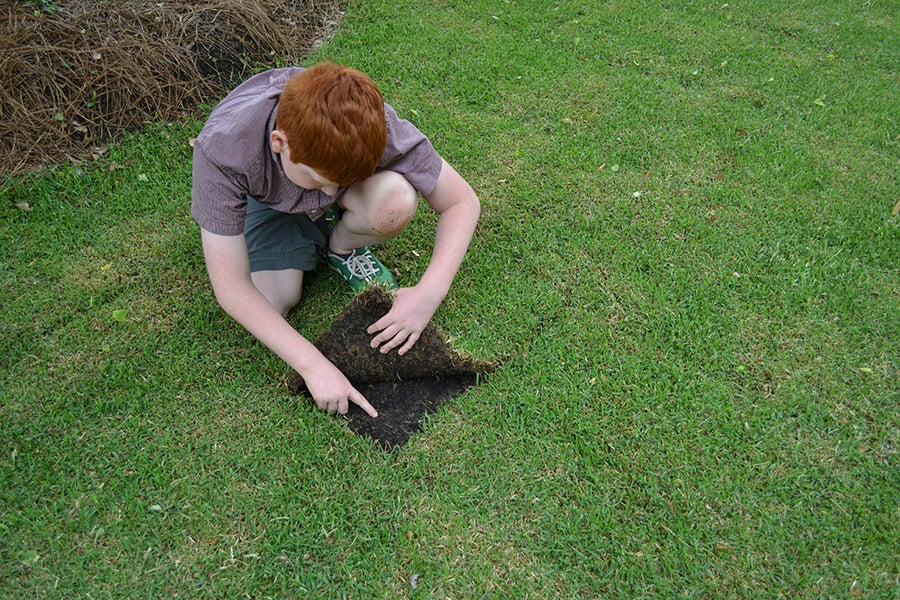
Phase 3: Watering Established Lawns
Once your sod is established, irrigate enough to provide 1" of water a week. Some lawns require more water (like Tall Fescue), while TifTuf Bermuda requires substantially less. Water in the mornings, around sunrise, because the goal is to reduce the time water sits on the foliage before evaporation.
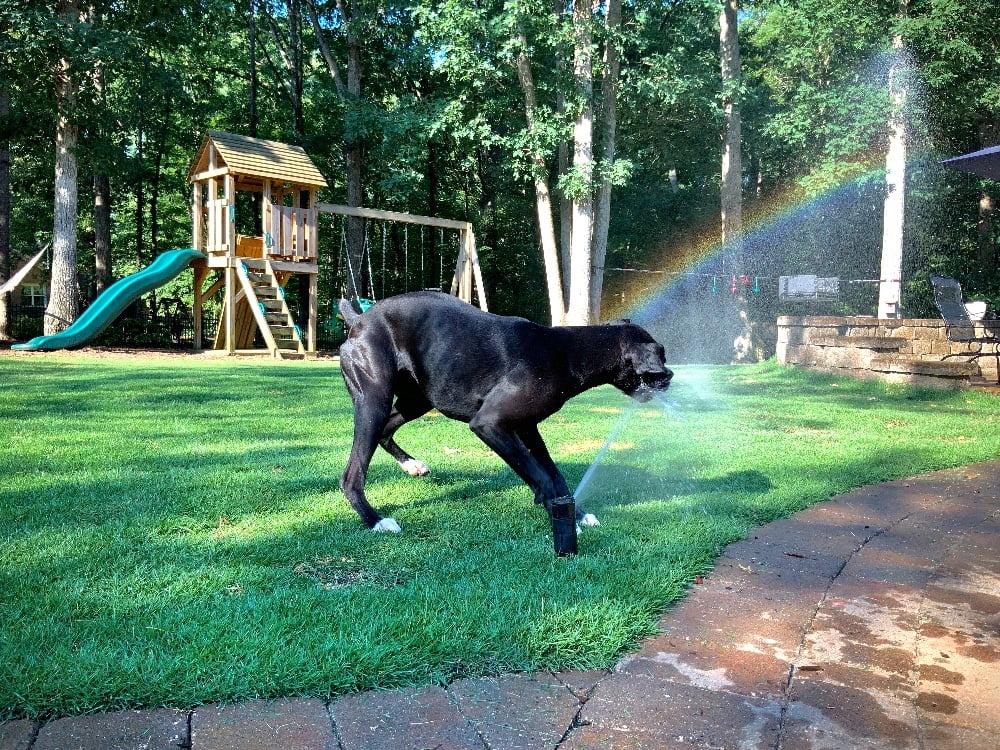
Let's Dive Deeper Into Watering
Our top seven frequently asked watering questions
Does New Dormant Sod Need Water?
Water newly laid dormant sod through dormancy to keep it moist until it turns green and takes root in spring.
Dormant sod requires much less water than sod laid in the summer. However, monitor to keep it damp, especially on cold, windy days. A cold winter wind will quickly dry out rootless, dormant sod, but keeping it consistently moist will prevent it from drying out until roots form in spring.
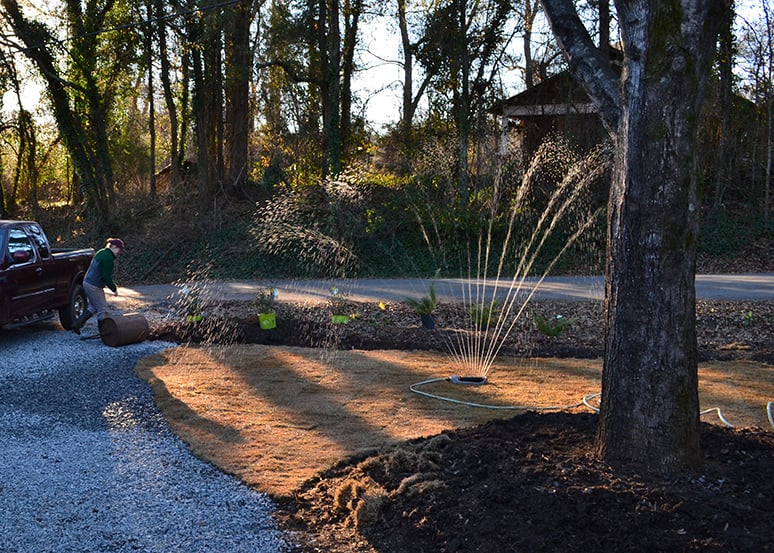
What's the Best Timing?
How Long: Since water pressure varies, we cannot give you an exact timeframe but start with half an hour per zone. Water as long as you can while avoiding runoff.
How Often: Use a rain gauge to determine how long it takes to supply 1" of water a week. If there is runoff, divide the cycle and finish it later.
When: Water in the morning, just before sunrise. Also think about your irrigation finishing times, rather than just the start time, and complete irrigation by 10 AM, to coincide with when dew naturally evaporates. If you are going to cheat this time slot, go earlier before sunrise rather than later than 10:00 AM. If you cannot complete all zones in one day, separate some into another day.
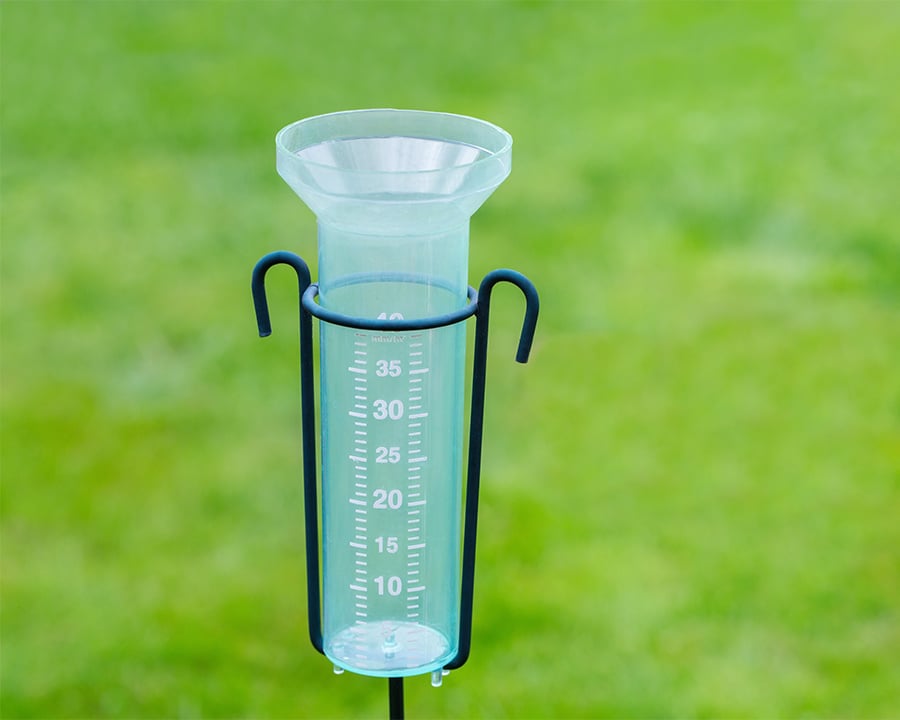
Does TifTuf Bermuda Really Need Less Water?
TifTuf Bermuda is the only grass to earn the Smart Drop Certified designation for its exceptional water efficiency. Its fast-establishing root system allows it to take root in under 7 days, up to 75% faster than most other varieties, requiring significantly less water for establishment.
Once TifTuf roots are established, you can turn your irrigation off. Timing depends on soil quality, but it can be as soon as 2-3 weeks after installation. Go out on a limb and try it - turn off your irrigation and be delighted by how well TifTuf thrives during drought!

How do I Water Grass Seed?
Water seeds to keep them moist until they sprout. Water as little as 5 minutes at a time, to the point of wetting them. To keep them moist, use an irrigation system or spigot timers (aka hose timer) to turn on multiple times daily until the seeds germinate. Example: 3-4 times a day for 5 minutes each time.
Tall Fescue seeds germinate in about a week, while Zenith Zoysia and TifBlair Centipede take up to three weeks. Once seeds sprout, the frequency is gradually reduced, but the duration increases. Example: Water a couple times a day, then once a day and a little longer, then every other day and longer, tapering off to once or twice a week.
Instead of spreading weedy straw over seeds, we recommend a thin layer of Soil³ compost to help retain moisture.
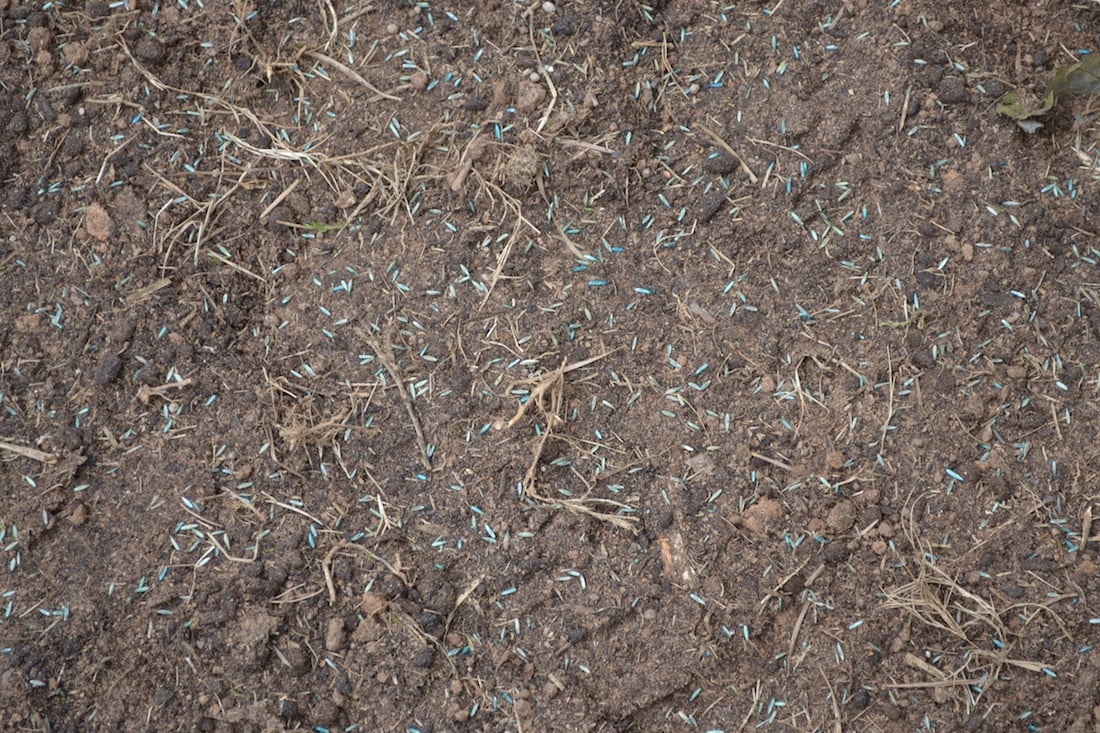
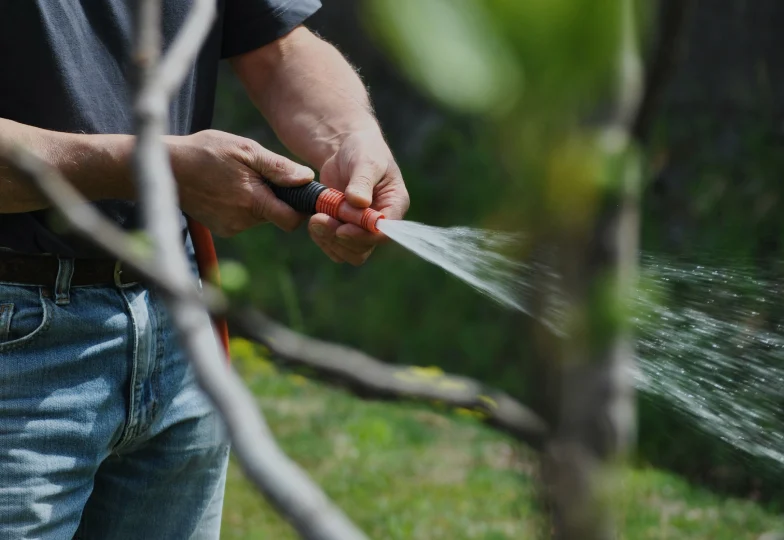
Lawn Maintenance Guides
Explore Maintenance Guides